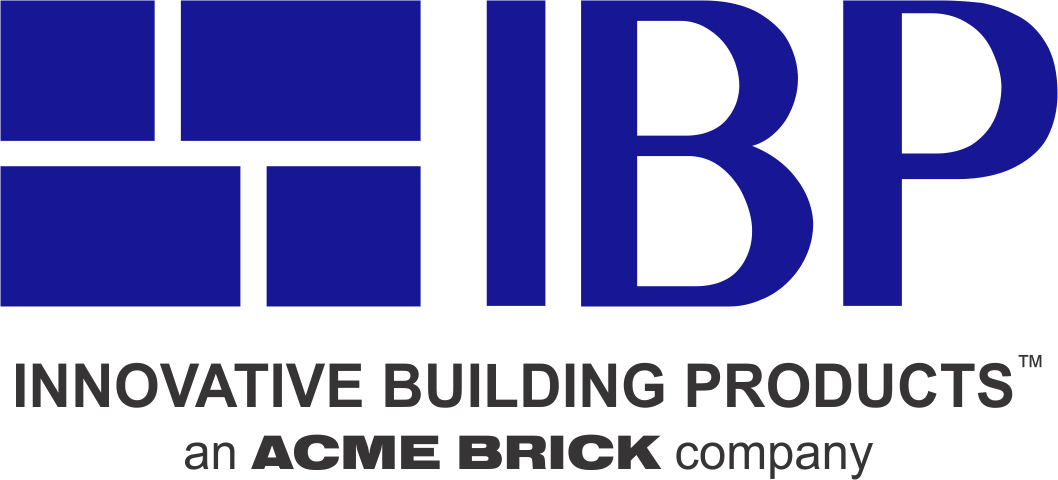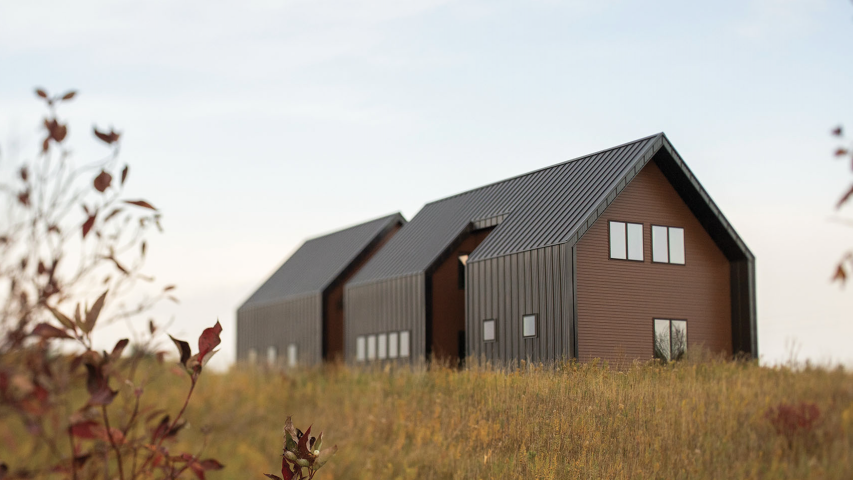As more and more clients become aware of potential damages to residences and commercial buildings from wildfires, winds and fading colors due to scorching sunlight, architects are looking for solutions to mitigate these risks in new construction and renovations. One promising solution involves using the power of steel siding for exterior walls.
Siding for homes and commercial structures has had an interesting history.
In the late 1950s, architects and builders discovered vinyl siding. The reasons were both economic and aesthetic. Vinyl siding was cheaper than other building products and offered more colors from which to choose. In the 60s and 70s stucco, aluminum, fiber cement and other metal products entered the building discussions.
While these artificial siding products remain popular, they have proven to be susceptible to fire damage and require extensive maintenance to correct color fading.
Many homebuilding clients and commercial building owners and managers are also searching for ways to earn LEED credits that come from products that are sustainable. It is in this environment that Quality Edge TruCedar ® steel siding is increasingly being recommended to clients by architects and builders of residential and commercial properties.
What This Means for You — There are two outstanding reasons to choose Quality Edge TruCedar steel siding – strength and beauty. It requires little maintenance, it is resistant to fading, it has good architectural profiles for frameworks for windows and doors, and it has numerous color options. If new siding solutions are important to your clients, read on.
Quality Edge TruCedar steel siding in one of many breakthrough building products available from Acme Brick. Click here to see more.
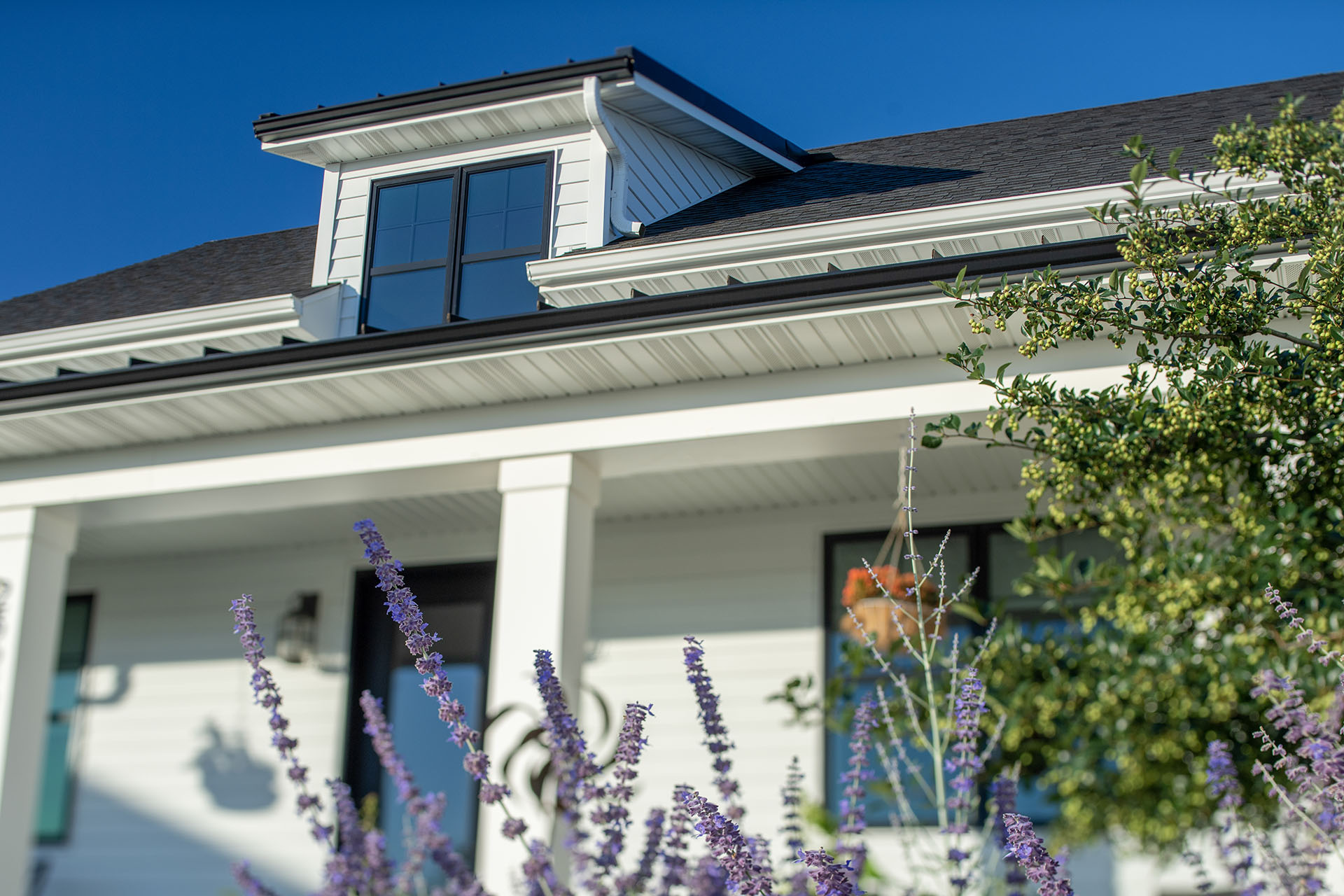
What Makes Steel the Siding Solution?
According to Dustin Nash, Purchased Products Manager for Acme Brick, steel offers several advantages. He notes, “This siding has durability and longevity. Steel siding, particularly Quality Edge’s TruCedar product, is incredibly durable and can withstand harsh weather conditions, lasting up to 50 years or more. This is reflected in its product warranty. It has a limited lifetime warranty and a 50-year Warranty for Commercial Projects.
“Maintenance, or the lack thereof, is also an important consideration. Steel siding requires minimal maintenance. It doesn’t need to be repainted or recalked as frequently as aluminum siding. Quality Edge also has superior aesthetic appeal. Steel siding can be finished mimicking the look of wood or other materials, offering a high-end appearance. Vesta and TruCedar lines provide beautiful, realistic wood grain finishes.”
Architects appreciate the four profiles of Quality Edge. These include:
· 6-inch Board & Batten
· 6-inch Lap
· 8-inch Lap
· 12-inch Dutch Lap
This steel siding comes in a wide range of colors. To compare both the TruCedar Woodgrains and the TruCedar Solid colors, just click here.
This innovative steel siding is also water and wind resistant. It has pre-engineered weep holes and an edge lap to move water away from the home without a rainscreen needed, and it meets the ASTME1592-05 for pressure and wind requirements.
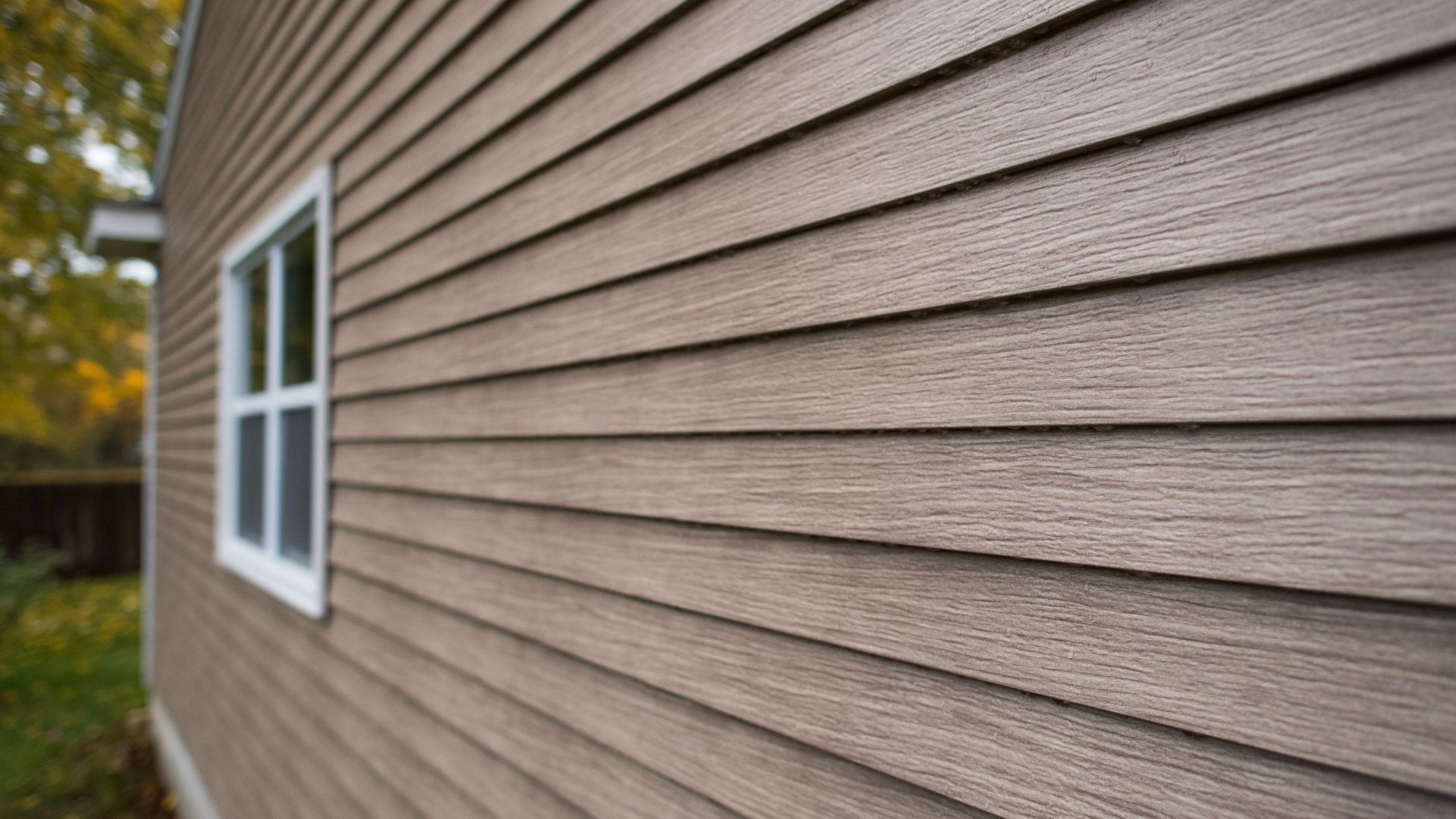
“There are two overriding factors about this siding that are most important to clients,” Nash added. “First, it is fire resistant. Steel siding is non-combustible and provides additional protection against fire. Secondly, it has less environmental impact than other products. Steel is one of the most recycled materials in the world, making steel siding an eco-friendly option. Steel can allow clients to earn LEED credits, due to its sustainability.”
Siding that Resists Fire and Fading
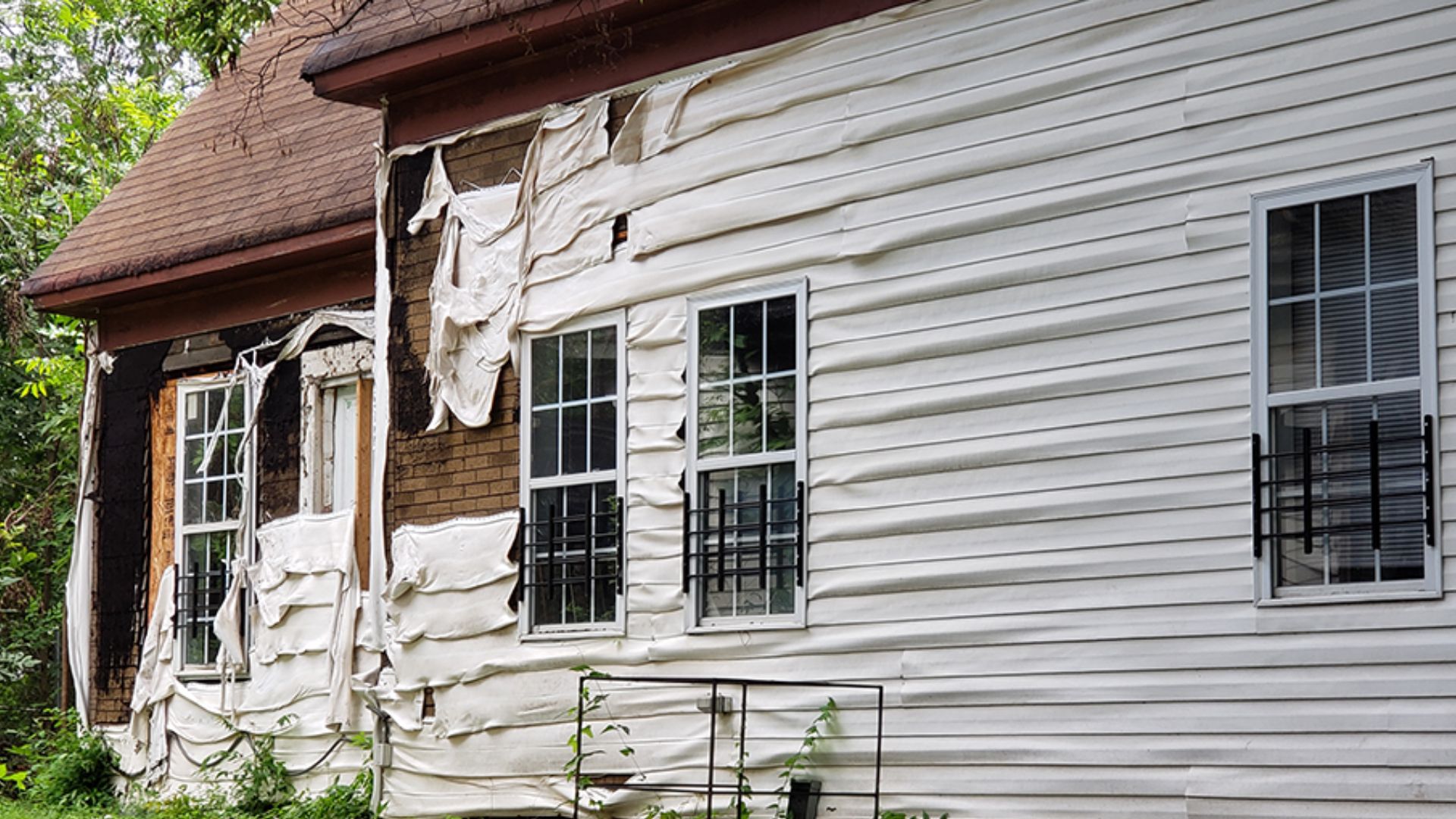
Vinyl siding is melted and warped by intense heat from a neighboring fire at this downtown Atlanta home; Photo credit: kwkirton/ Adobe Stock
Quality Edge TruCedar steel siding has been extensively tested and has excelled on two factors that homeowners and commercial building managers have grappled with for centuries. This siding resists fire and fading.
Nash explains, “This steel siding has a ‘Class A’ fire and smoke rating and a ‘Class 4’ impact rating. The ‘Class A’ fire rating represents the highest rating achievable, indicating a flame spread of 0-25 and smoke developed between 0-450. The designation of Class A is considered superior fire protection. These materials do not burn and are very unlikely to contribute fuel to a fire. Class 4 impact rating is the highest level of impact resistance.
“This siding uses Kynar paint for its colors and this is a Poly VinyliDene Fluoride (PVDF) paint system. PVDF is the resin component that gives the coating its durability, its appearance, and its performance. PVDF is composed of a carbon-fluorine bond, which is one of the strongest chemical bonds in the known universe. This bond enables the material to be incredibly resistant to breakdown by UV light to prevent color fading and chalking. In addition, PVDF products are durable enough to withstand extreme temperatures and atmospheric pollutants while retaining a vibrant appearance. Our Kynar Paint will withstand the harmful UV rays that break down color pigmentation.”
For a side-by-side comparison between Quality Edge TruCedar and vinyl siding, click here and take a look.
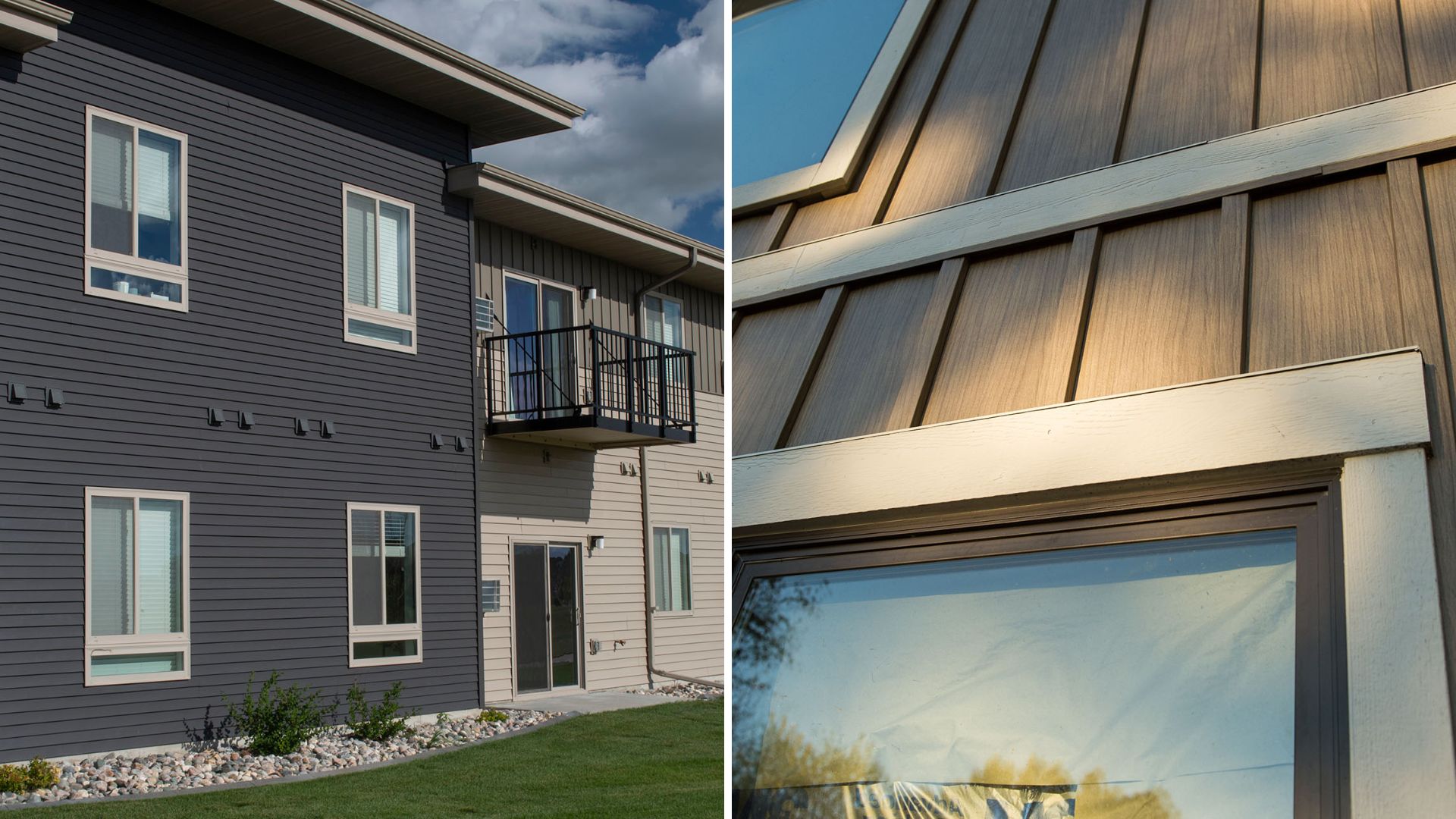
No Supply Chain Delays
In a time when there is concern about importing products made in other countries, which can cause delivery delays and price fluctuation, architects and builders can count on this siding product. Quality Edge TruCedar is proudly made from steel manufactured in the United States.
To learn more about Quality Edge TruCedar steel siding, click on this link.
